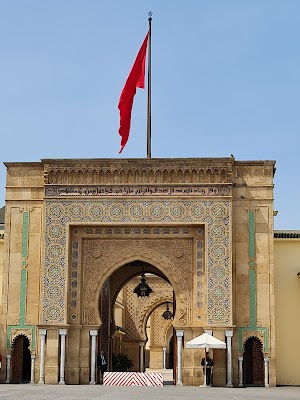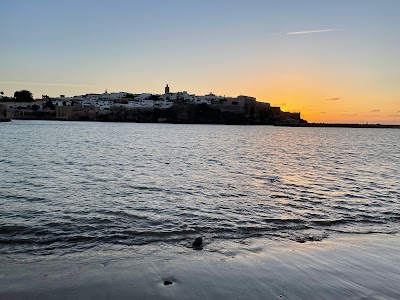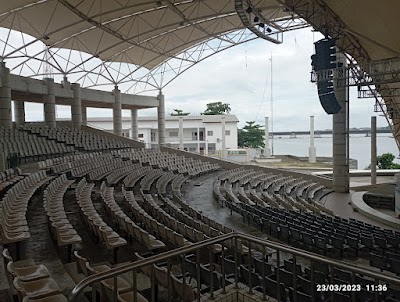Mausoleum of Mohammed V (ضريح محمد الخامس)
Overview
The Mausoleum of Mohammed V, located in the heart of Rabat, Morocco, stands as a striking historical and architectural landmark. This magnificent structure is dedicated to Mohammed V, the King of Morocco who played a pivotal role in leading the country to independence from French and Spanish rule in 1956. Within this grand mausoleum, you’ll find his final resting place, along with the tombs of his two sons, King Hassan II and Prince Abdallah.
Construction of the mausoleum began in 1961, shortly after the king's death, and took a decade to complete, culminating in 1971. The project was overseen by Vietnamese architect Vo Toan, who masterfully blended traditional Islamic styles with Moroccan cultural elements to create a harmonious design that is both elegant and culturally resonant.
A dedicated team of over 400 artisans from across Morocco was assembled to build the mausoleum, each skilled in the traditional craftsmanship known as "zellige." This intricate technique involves creating stunning mosaics from individually cut, colored tiles. The artisans meticulously adorned the mausoleum’s interior with vibrant tile work, elaborate plaster moldings, and exquisitely carved wood. The ceiling, painted in rich cedar, showcases remarkable artistry that enchants visitors.
The exterior of the mausoleum is equally awe-inspiring, presenting a striking white silhouette against the blue sky. The white marble used for the structure was sourced from Italy and is beautifully complemented by green-tiled roofs, which symbolize Morocco's religious and historical traditions. Set on the Yacoub Al Mansour Esplanade, the mausoleum is in close proximity to the Hassan Tower, a minaret of an unfinished mosque dating back to the 12th century. Together, these two monuments create a historical and cultural ensemble that reflects the rich heritage of Rabat.
Upon arrival, visitors are welcomed by broad staircases leading up to imposing bronze doors that guard the tomb chamber. Inside, the simplicity of the white onyx sarcophagi contrasts with the elaborate decor surrounding them, evoking a sense of solemnity and reverence. Natural light filters through stained-glass windows, casting a serene ambiance that enhances the contemplative atmosphere of the space.
One of the mausoleum's most unique features is the presence of traditionally dressed Royal Guards who stand vigil outside. Dressed in their striking red and white uniforms, these guards add to the monument's dignity and cultural significance, embodying the deep respect Moroccans hold for their past kings and leaders.
The Mausoleum of Mohammed V is not merely a burial site; it symbolizes Moroccan unity and independence. Mohammed V is celebrated for his leadership during the country’s liberation and modernization. His contributions are honored annually on Independence Day, with the mausoleum serving as a focal point for national commemorations.
In recent years, the mausoleum has evolved into a popular tourist attraction, drawing visitors from around the globe who come to admire its beauty and historical significance. It remains an active site of remembrance for Moroccans, providing invaluable insight into the nation’s journey through history.
In essence, the Mausoleum of Mohammed V stands as a testament to Morocco’s proud history, cultural richness, and the enduring legacy of a beloved king. With its remarkable design and exquisite craftsmanship, it continues to inspire and evoke a deep sense of national pride among all who visit.









